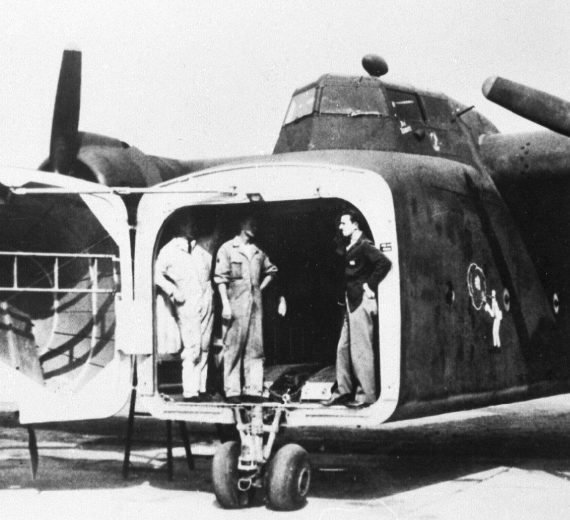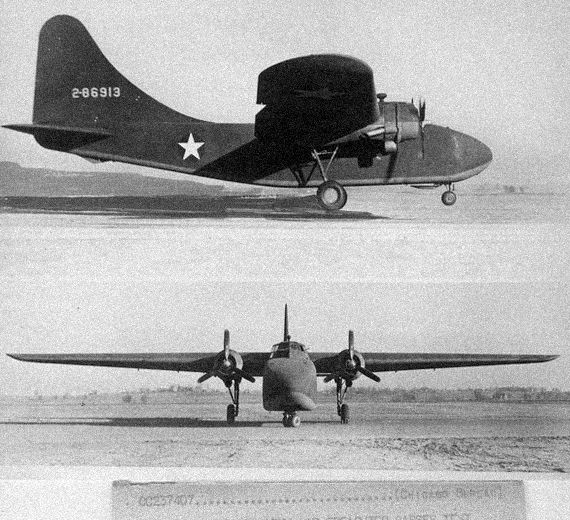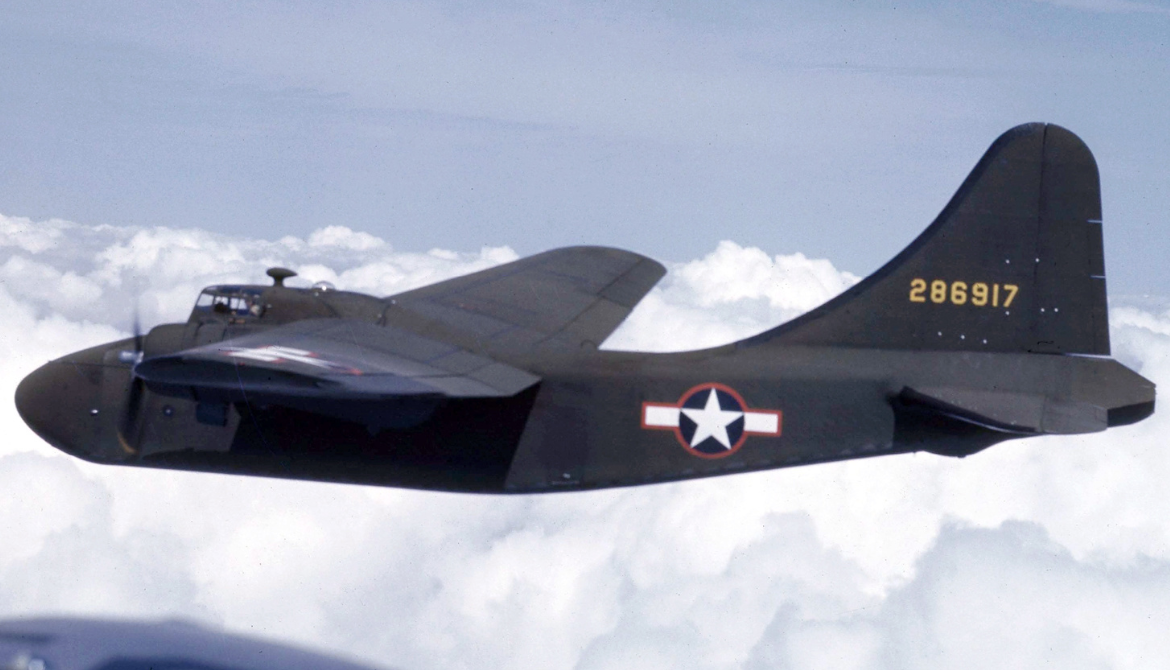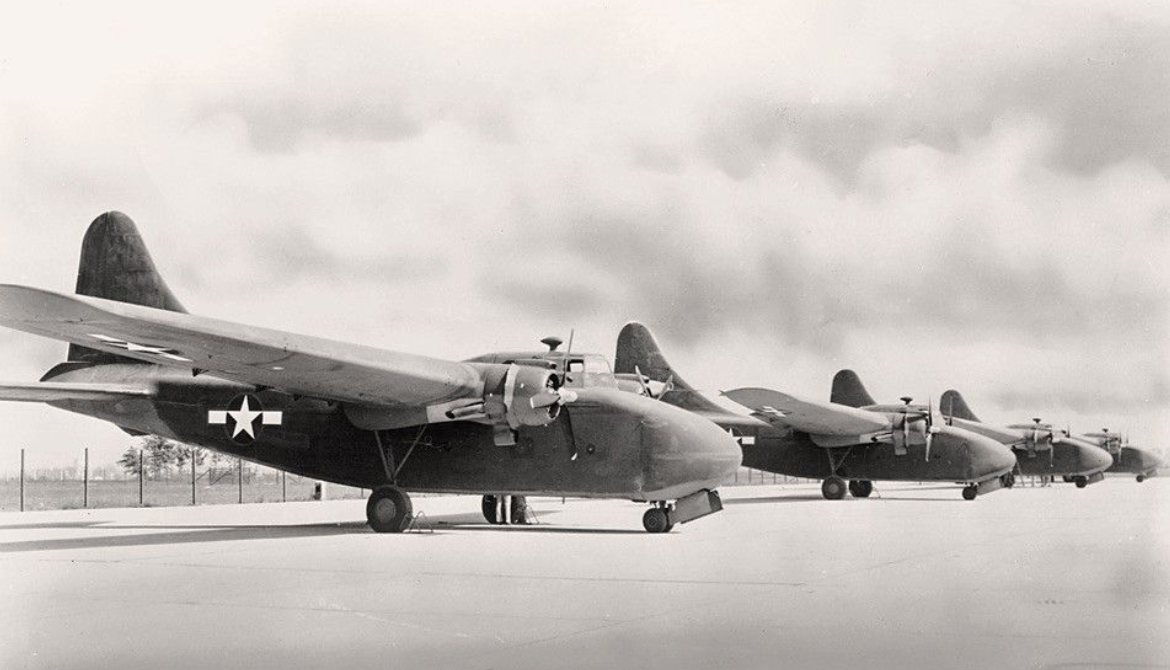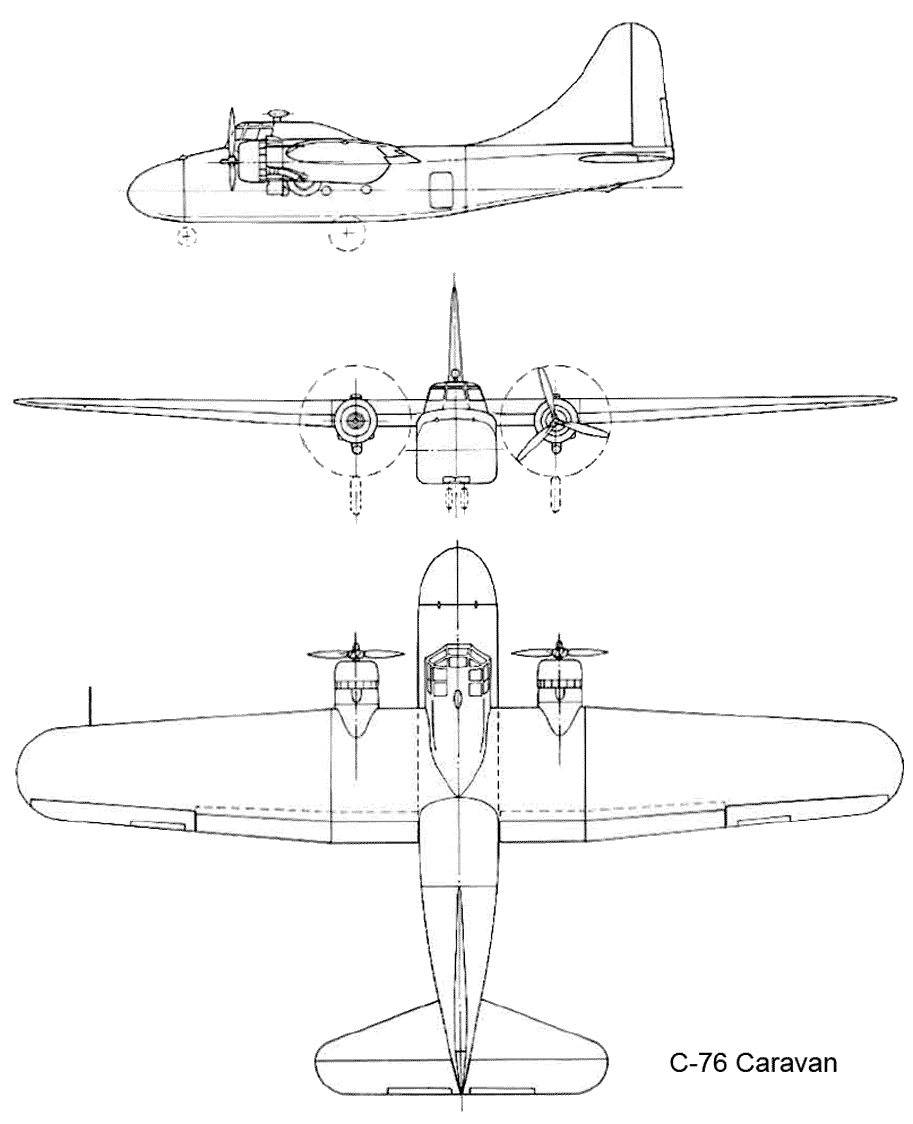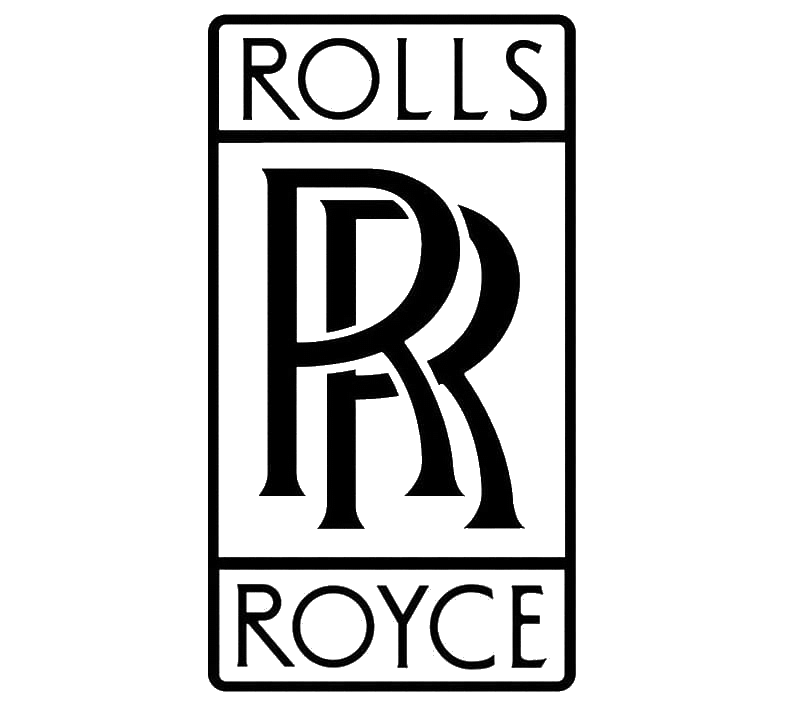.
History Curtiss-Wright
C-76 Caravan CW-27

The Curtiss-Wright C-76 Caravan (company designation CW-27) was an American all-wood military transport aircraft. The C-76 was intended as a substitute standard aircraft in the event of expected wartime shortages of light alloys. However, both prototype and production aircraft failed several critical flight and static tests, and after U.S. aluminum production proved sufficient for wartime defense requirements, orders for the C-76 were cancelled and production terminated.
In 1941, Curtiss-Wright was contracted by the United States Army Air Forces to design and construct an all-wood military transport aircraft, with performance specifications meeting or exceeding that of the Douglas C-47 Skytrain then in service. The Curtiss-Wright CW-27 was designed by Curtiss-Wright's chief designer George A. Page, Jr. as a high-wing, twin-engine, cargo transport aircraft, utilizing plywood construction with a tricycle undercarriage. Though the British de Havilland Mosquito had successfully employed a ply construction using a balsa wood core and birch hardwood exterior, Curtiss-Wright engineers, using research provided by Forest Products Laboratory, rejected this approach, insisting instead on a ply construction of dense mahogany, which greatly increased the plane's weight. At Curtiss' request, Army Materiel Command laid in large supplies of mahogany, and a number of furniture manufacturers, including the Baldwin Piano Company, were subcontracted to build components for the aircraft, which would be assembled at Curtiss-Wright's new defense plant in Louisville, Kentucky
Operational history

The first flight of the YC-76 prototype took place on 3 May 1943. The C-76 proved severely underpowered from the start, with a cruising speed of 160 mph (260 km/h), a service ceiling of 22,600 feet (6,900 m), a range of only 750 mi (1,210 km), and a cargo capacity of under 8,000 lb (3,600 kg). Colonel J.W. Sessums, a USAAF officer at the Air Materiel Command at Wright Field, later related:
0
KmCeiling
0
KmCombat RANGE
0
Km/hAircraft Speed
0
Max Crew
Photo Gallery
Curtiss-Wright
C-76 Caravan CW-27


Curtiss-Wright C-76 Caravan CW-27
General Info
-
-
- Crew: 3
- Capacity: 45 troops
- Length: 68 ft 4 in (20.83 m)
- Wingspan: 108 ft 2 in (32.97 m)
- Height: 27 ft 3 in (8.31 m)
- Wing area: 1,560 sq ft (145 m2)
-
Powerplant
-
-
- Empty weight: (8,301 kg)
- Gross weight: (12,701 kg)
- Powerplant: 2 × Pratt & Whitney R-1830-92 Twin Wasp 14-cylinder, 1,200 hp (890 kW) each
- Propellers: 3-bladed constant-speed propellers
-
Performance
- Maximum speed: 192 mph (309 km/h, at 7,300 ft (2,200 m)
- Range: 750 mi (1,210 km, 650 nmi)
- Service ceiling: 22,600 ft (6,900 m)
- Time to altitude: 10,000 ft (3,000 m) in 12 minutes 30 seconds
.
Links to Youtube & Others
The final disposition of the aircraft as of 1 October 1945, by letter of the Air Technical Service Command; 1-Washout upon delivery from factory, 5-Class 26, 10-Survey, 1-Condemned, 8-Reconstruction Finance Corp. to be sold as surplus.
Curtiss-Wright
C-76 Caravan CW-27
As war priority measures designed to increase aluminum production proved successful, the feared shortage of light alloys never materialized.
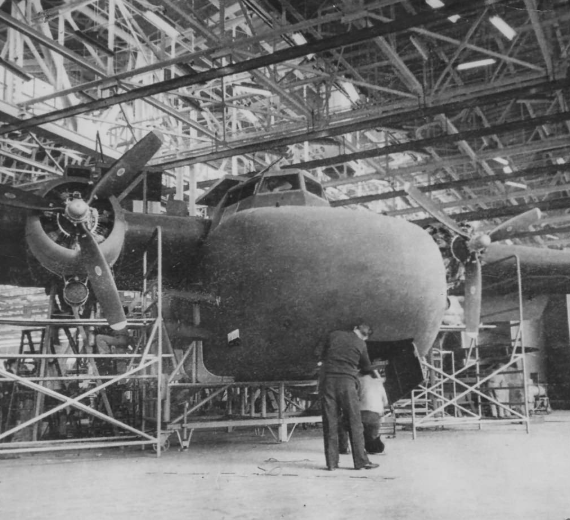
Youtube Link
On 10 May 1943, the first YC-76 constructed at the Louisville, Kentucky plant, 42-86918, lost its tail unit, due to a lack of securing bolts, during a test flight, crashing at Okolona, Kentucky, killing three Curtiss-Wright test crew
